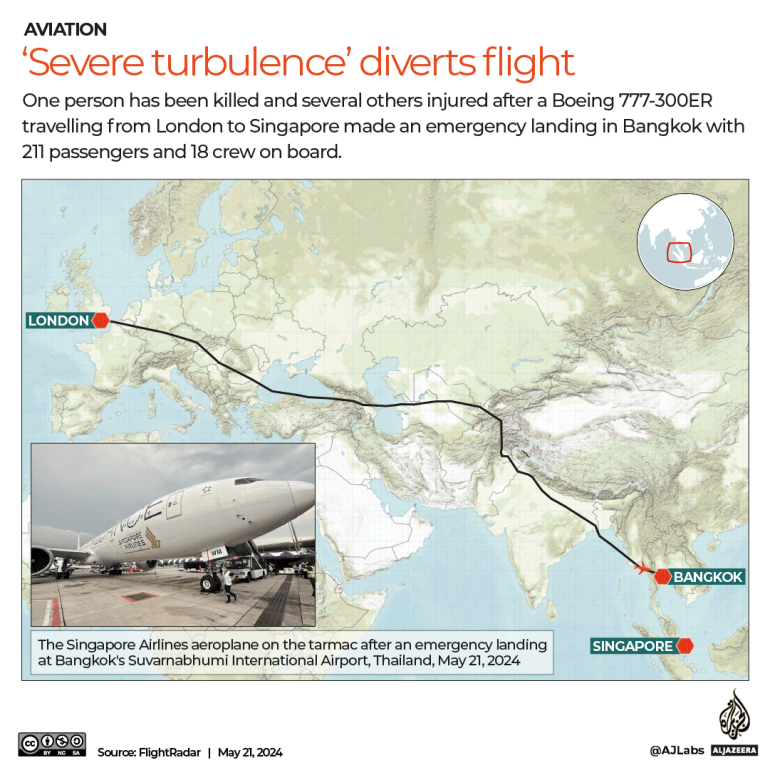Project Wolbachia – Singapore at the Yishun and Tampines study sites has kept the Aedes aegypti mosquito populations at levels that pose low dengue risk for more than a year. From July 2020, the National Environment Agency (NEA) will gradually expand releases of male Wolbachia-carrying Aedes aegypti (Wolbachia-Aedes) mosquitoes to the entire Yishun and Tampines Housing and Development Board (HDB) towns. This next phase will progressively cover a total of 1,455 HDB blocks across both towns by March 2022. In this process, NEA will also evaluate and determine if mosquito population suppression at the town level can be sustained with releases of fewer male Wolbachia-Aedes mosquitoes. This will ensure a more effective and sustainable deployment strategy as NEA scales up Project Wolbachia – Singapore.
Promising results from ongoing releases at Yishun and Tampines
Since 2016, NEA has been conducting phased field studies to evaluate the use of male Wolbachia-Aedes mosquitoes to suppress the urban Aedes aegypti mosquito – the primary vector of dengue, chikungunya and Zika viruses in Singapore. When the released male Wolbachia-Aedes mosquitoes mate with urban female Aedes aegypti mosquitoes, the resulting eggs do not hatch. Over time, continued releases of male Wolbachia-Aedes mosquitoes are expected to bring about a gradual reduction in the urban Aedes aegypti mosquito population, hence lowering the risk of dengue transmission at the release sites.
The Phase 4 field study, which began in November 2019, covered 293 and 260 blocks at Yishun and Tampines, respectively – a nearly four-fold expansion compared to Phase 3. At release areas where urban Aedes aegypti mosquito populations were high (up to 20 to 30 mosquitoes caught per 100 Gravitraps per week), the mosquito population had dropped significantly by May 2020, to as low as two mosquitoes caught per 100 Gravitraps per week in some areas. The risk of dengue transmission is correspondingly lower at this low Aedes aegypti mosquito population level. This assessment is made possible by the more than 64,000 Gravitraps deployed islandwide to monitor the Aedes mosquito population in Singapore.
In areas where releases have been ongoing for a longer period of time, for example, since Phase 3 or earlier, the Aedes aegypti mosquito population has been kept at dengue low-risk levels for more than a year. This is a long period of low mosquito population, that is unprecedented for these areas. In fact, weeks with zero Aedes aegypti mosquitoes caught have also been a common occurrence. This is in contrast to areas without releases, where 10 to 60 mosquitoes have been caught per 100 Gravitraps per week. Along with this reduction in mosquito population, NEA’s preliminary analysis also showed that in 2019, there were 65 to 80 per cent fewer dengue cases at the Yishun and Tampines study sites, when compared to areas without releases.
Higher efficiency in release
In addition, in areas with sustained suppression of the Aedes aegypti mosquito population, NEA has been able to halve the number of male Wolbachia-Aedes mosquitoes released. This minimises inconvenience to residents, and improves the efficiency of the releases. As the releases progress, and sustained mosquito population suppression is achieved at the expanded areas, NEA will continue to assess the situation and reduce mosquito release numbers where possible.
“With the releases, residents may notice more non-biting mosquitoes around their homes. While this is something we are not used to experiencing in Singapore, the data shows a clear benefit to residents at the release sites. Significantly fewer female dengue mosquitoes mean fewer Aedes mosquito bites and less dengue. These encouraging preliminary results from the study sites give us confidence to extend releases to more areas. As we expand, our goal is to reduce mosquito release numbers without compromising population suppression,” said Associate Professor Ng Lee Ching, Director of NEA’s Environmental Health Institute.
Yishun and Tampines mosquito releases to expand to the entire HDB town
With the endorsement of its Dengue Expert Advisory Panel (DEAP), NEA will gradually expand male Wolbachia-Aedes mosquito releases to all 686 and 769 blocks in Yishun and Tampines respectively. NEA will begin Phase 5 of the field study at Yishun and Tampines on 27 July and 11 August 2020, respectively, and expect to fully cover the two towns by March 2022.
With this roll-out to whole towns by 2022, the mosquito releases at Tampines and Yishun will cover approximately 15 per cent of HDB blocks in Singapore, up from the current 5 per cent. NEA will determine if mosquito population suppression across whole towns can be maintained with smaller or less frequent releases. The ability to maintain suppression with reduced release numbers is important to allow Wolbachia technology to be sustainably deployed on a larger scale in the future.
“This is an exciting and very important next step in the Project Wolbachia – Singapore scale-up strategy. Based on the extensive preliminary research conducted by NEA, I fully expect this scale-up to be successful. If so, the roll-out at Yishun and Tampines will be a seminal demonstration to the world that male Wolbachia-Aedes mosquito releases can be used to help control dengue in highly endemic cities,” said Professor Duane Gubler, DEAP Chairman and Emeritus Professor at Duke-NUS Medical School, Singapore.
Scaling up and preparing for future deployment
The success of the field studies to-date has been facilitated by collaborations with partners such as the International Atomic Energy Agency (IAEA) and Orinno Technology Pte. Ltd. (for the releases at Yishun); and Verily Life Sciences LLC (Verily), who have been responsible for the sorting and releases of male Wolbachia-Aedes mosquitoes utilising Verily automation technology (for the releases at Tampines). In Phase 5, NEA will continue to work with technology partners to automate and scale up the production and release processes, as well as improve the quality of released male Wolbachia-Aedes mosquitoes.
The expansion at Yishun and Tampines and future deployment efforts will be supported by NEA’s new mosquito production facility, located at Techplace II in Ang Mo Kio. Officially opened in December 2019, the facility will allow NEA to gradually increase production capacity using innovative automated modules for mass-rearing and sorting. The whole-town coverage of Yishun and Tampines, together with the recently announced targeted releases at Choa Chu Kang and Bukit Batok, are part of NEA’s efforts to test different deployment strategies for Wolbachia technology. These studies will expand NEA’s repertoire of potential deployment strategies, and help NEA to determine the most optimal deployment strategies for the scale-up of Project Wolbachia – Singapore.
Wolbachia technology to complement existing vector control efforts
Even as Project Wolbachia – Singapore continues to show good results in keeping the Aedes aegypti mosquito population low, the technology is not a silver bullet. Wolbachia-Aedes mosquito releases are currently only being conducted in a small number of neighbourhoods. It is intended to complement – not replace – traditional vector control measures, such as comprehensive mosquito surveillance, source reduction of mosquito breeding habitats, and use of insecticides where necessary.
With dengue endemic in Singapore, our population’s low immunity and the impact of climate change, we need to constantly refresh and update our tools and measures to keep dengue under control in Singapore. Project Wolbachia – Singapore should be seen in this light. Besides vector control and surveillance, concerted community efforts are also needed to reduce potential mosquito breeding habitats, and lower the risk of dengue transmission and future dengue cluster formation. Members of the public should remain vigilant and regularly practise the Mozzie Wipeout, so that our neighbourhoods and homes can be kept free of mosquitoes and dengue.
~~ End ~~
For more information, please submit your enquiries electronically via the Online Feedback Form or myENV mobile application. Alternatively, you contact us at 6225 5632.
“Progress of Project Wolbachia – Singapore”
Location Maps of Study Sites for Phase 5
Tampines
Yishun












